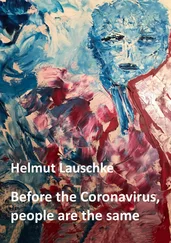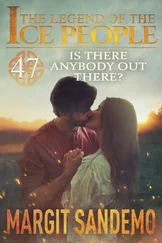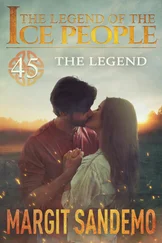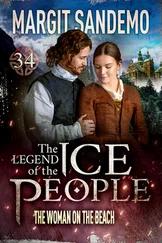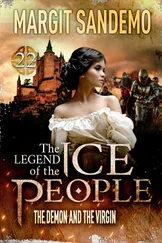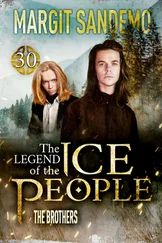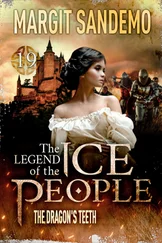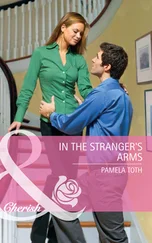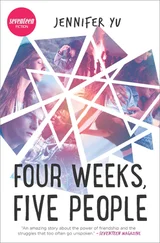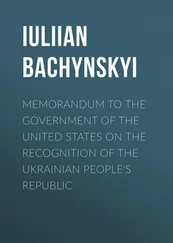By now I have become thoroughly frightened. I know it is not a joke. Blade is angry, but about what, I have no idea. I must find out and set him straight.
In the next few days I speak to other tunnel people, but they also warn me about Blade without offering any information about his anger. I should stay away from the tunnels for a very long time, they say.
Tyrone agrees to try to learn why Blade wants to kill me. A few graffiti artists do, too, particularly Chris Pape, who has painted many underground murals and is accepted by tunnel people.
Chris asks if I saw drugs in Blade’s tunnel, on the theory that Blade may have been dealing or storing drugs there. Perhaps he saw me, or suspected I saw him with drugs, and now he is scaring me away from any thought of talking to the police about it. No one really knows.
Then Blade phones me at home. I have never given him my phone number. On my answering machine he says he wants to see me. He sounds angry and distant. Even when he has been angry before, he has not sounded so cold.
“I need to talk to you,” he says coldly. He calls again, his messages increasingly frustrated and furious.
“I need to see you. You need to talk cuz I know what you done.” I have never given him my address either, but he says he knows it.
“I know where you live and I’m gonna come visit you. We need to get something straight finally.”
The phone wakes me up, but no one speaks. I’m certain it is Blade.
Tyrone calls me at the office. He wants to meet in Queens. I am now badly frightened, and, although I know Tyrone, I don’t know him as well as I know—or knew—Blade. So I ask Tyrone to meet in Central Park and he agrees.
The story he tells me is that Blade has killed a man in his tunnel, a “crackhead” who was harassing a woman passing through. It happened on the Saturday I was out of the city, but Blade thought he saw me witness the killing, and that I ran away. He chased me but I escaped, and then he saw me speaking to a policeman. When he was unable to reach me by phone on the weekend, he became convinced that I had gone to the police. Because I am not a tunnel person and don’t live by tunnel rules—the chief one of which is never to inform to the police on another tunnel person—I am dangerous to Blade and will be dangerous to him for years.
This is what Blade believes, according to Tyrone. I believe Tyrone.
Tyrone shakes as he tells me. “You gotta understand how dangerous he is,” says Tyrone. “You gotta leave the city, go home.” My rapport with tunnel people has ended. Some will refuse to talk to me, and others will hide from me, he says.
“It’s not you, baby,” explains a homeless woman I particularly like. “It’s that people could get killed just talking to you. We want you to be OK. We love you, but we want you to leave. I don’t want to see you die, and if you keep coming into these tunnels like this, someone’s gonna go fetch Blade to get on his good side. There’s eyes all over this place, you know that. So go home, baby, please go home.”
Blade’s phone calls by now are even more terrifying. He tells me he will come to my apartment.
“I’m gonna come over with my blade. It’s better than some piece gun. It got ya name on it and it thirsty. Ready to talk?” His words are blurred by street sounds from a booth, but his voice is steady and hard in a quick cold environment.
That night, going down to do laundry in the basement of my apartment building, his scribbled tag is painted on the green wall of my elevator. I am hardly able to think, seeing strange colors. His signature had once been so reassuring to me, comforting; if I feared trouble, I could drop his name and I’d be left alone. Now his tag means he is close to me. I am afraid even to go outside, even for groceries.
An officer tells me I should get a gun. No matter what happens, if I kill a man in my apartment, the case would never go to trial. I wonder if I could kill Blade. Within a few days of sleepless terror, I know I can if he comes into my apartment. I wish he would stand in my doorway so I could kill him—a man whose face I still remember only with a smile.
A week later, I leave New York.
IT WAS EXHILARATING, WALKING A TIGHTROPE, EXPLORING THE underground while living aboveground. I had been part of two worlds, but I came to know the tunnel world too well, enough to be caught up in its irrational behavior and volatile emotions. I was no longer privy and at the same time immune to tunnel life with the guise of an outsider. I had already been slapped around when I tried to stop a man from battering his woman. Now I might be killed, and now I know that I could also kill.
As many tunnel people have told me, the line between them and people who live on the surface is very thin, much thinner than people on the “topside world” like to realize. I felt I could step over that line. I could also escape, and I did. I hope some of them will escape, too.
MONTHS HAVE PASSED SINCE I WAS LAST IN THE TUNNELS. Every time I hear about New York, I see a picture in my mind of the city in lights, sparkling with promise and excitement, and I think of the people I left behind in its shadow. Willie, Frederick, and Sane (David Smith) died before this book was published. Brenda is missing. Mac is still roaming the tunnels in search of track rabbits, and whistling. Seville’s hobble healed into a steady limp. He is still smiling, using his humor to help him and others cope while looking for the welding job to free him from tunnel life. Bernard continues to meet at his campfire with Bob, Tony, and the other members of his vibrant community. They talk about trying to retrieve Sheila, who is lost to alcohol and the streets. Sheila keeps true to her promise to Willie, and says that no matter how bad things get on the streets, she won’t live in the tunnels again. She misses the people down there, she says. She misses caring for them and being cared for. John moved out of the tunnel to live with a girlfriend on West 72nd Street. He met her with the help of John Tierney’s article in The New York Times in which he spoke openly about his quest for love. He left Mama in the tunnel with Joe. Chris is spending months’ worth of pay on paint for tunnel murals, he tells me, shaking his head. The one he’s currently working on, his most ambitious yet, will cost about $1,000. He’s planning to spread Sane’s ashes at the foot of the mural on the tunnel ground. Smith sprinkled the other half of his brother’s ashes along the No. 1 subway line, Sane’s favorite. Roger is slowly recovering from his brother’s death. Dolly is living with a man three times her age “for security until my rich man finds me,” she says, her eyes blackened by drugs. She heard on the streets that Frank is in jail, but she doesn’t know where the other members of the runaway community are now. Many more of those interviewed for this book may now be lost or dead.
When I began this book, I did my best not to interfere with the lives of the people in the tunnels. I never gave them money, but sometimes brought them food or warm clothes I bought from street vendors and thrift shops. I tried to avoid handing out cigarettes, but sometimes I did. I gave advice on which shelters to go to and what programs to join and sometimes helped them get there. I tried to limit such advice only to the times I was asked. I never reported children to authorities, mostly because I wanted to establish trust within the communities. I’ll always wonder if I made the wrong decision.
Nightmares from the tunnels have followed me. One in particular still haunts me. It’s of a girl in the tunnels living with her parents and two brothers. In my nightmare she wakes itching from the bugs and disease in the tunnels. She scratches, which only makes the itch rise into sores. She wakes her brother, who is just a year older, and they whisper so as not to wake their parents or younger brother.
Читать дальше

